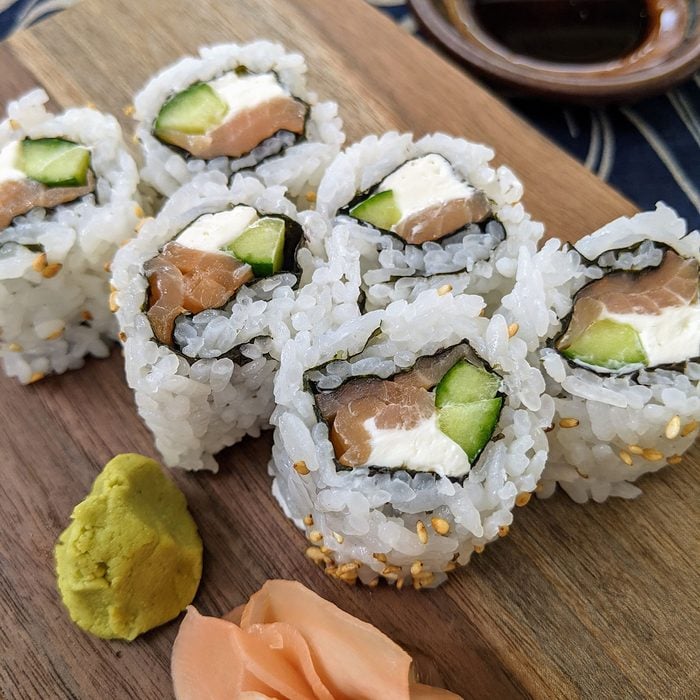
Sushi
From maki rolls filled with vegetables to fish-topped nigiri, there are a variety of sushi types that can be made at home without special equipment. You can make rolls with sushi rice, nori (dried seaweed) and fresh or pickled vegetables. There are infinite flavor combinations for rolls, but one with an American twist is Philly maki, made with cream cheese, smoked salmon and cucumber.
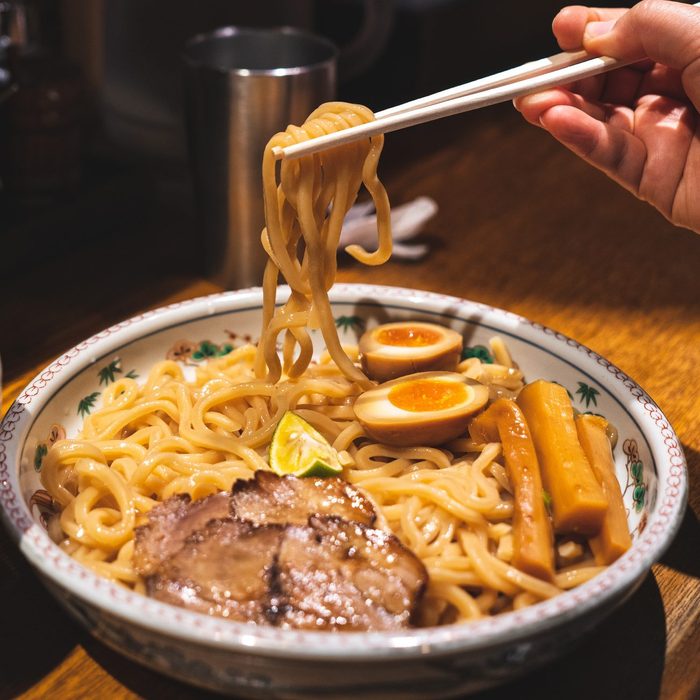
Tsukemen
Tsukemen , also known as “dipping ramen,” consists of cold noodles served alongside a bowl of warm stock for dipping. You can make tsukemen at home by cooking premade ramen noodles and chilling them, then topping with pork, spinach, a poached egg, corn, scallions and sesame seeds. Pair with a flavorful broth for dipping and you have a refreshing Japanese meal.

Tonkatsu
Tonkatsu is a juicy, crispy pork cutlet that’s simple and quick to make at home. It’s like a Japanese version of chicken-fried steak! Tonkatsu can come together in about 30 minutes by dredging a pork cutlet in an egg batter and panko bread crumbs and frying in oil. In our tonkatsu recipe, the pork pairs nicely with a drizzle of tangy sauce. If you want to try another Japanese chicken recipe, cook up this chicken katsu recipe that’s gone viral on TikTok.
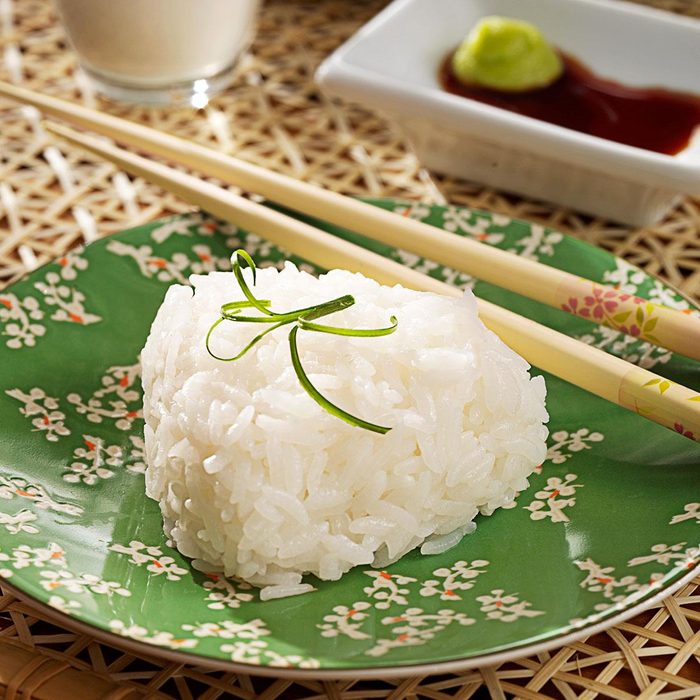
Onigiri
These rice balls are a lunch box item in Japan. Traditional fillings for onigiri include salted salmon, pickled plum, bonito flakes and kombu seaweed. Before the advent of refrigeration, these salty and sour fillings acted as natural preservatives for the rice. However, you can fill onigiri with pretty much anything—even bits of last night’s Japanese takeout. Our Test Kitchen’s onigiri recipe features tuna and a touch of wasabi.
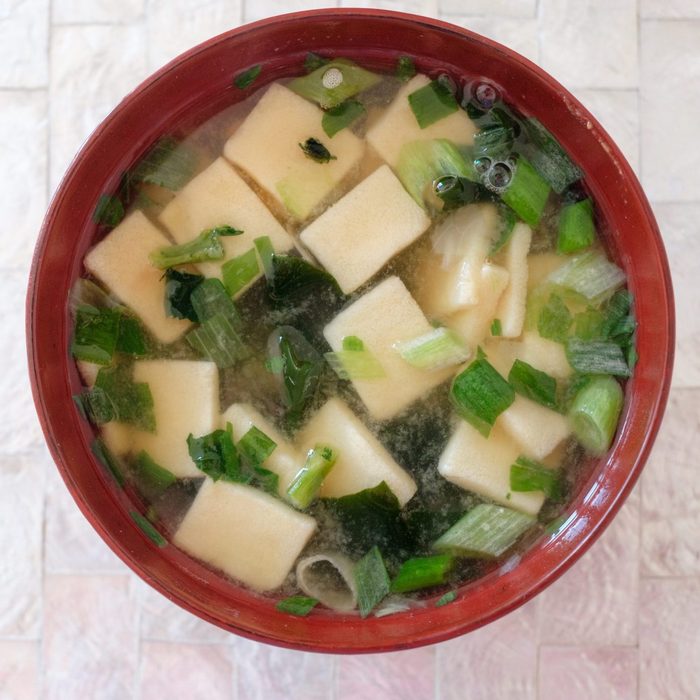
Miso Soup
Chances are you’ve had miso soup as an appetizer before, but perhaps never thought to make it at home. It’s a unique combination of miso paste (made from fermented soybeans) and dashi (made from dried bonito flakes and kelp) with fresh tofu, green onion and seaweed. For a simple homemade version, out this miso soup recipe. It only takes 20 minutes to cook!
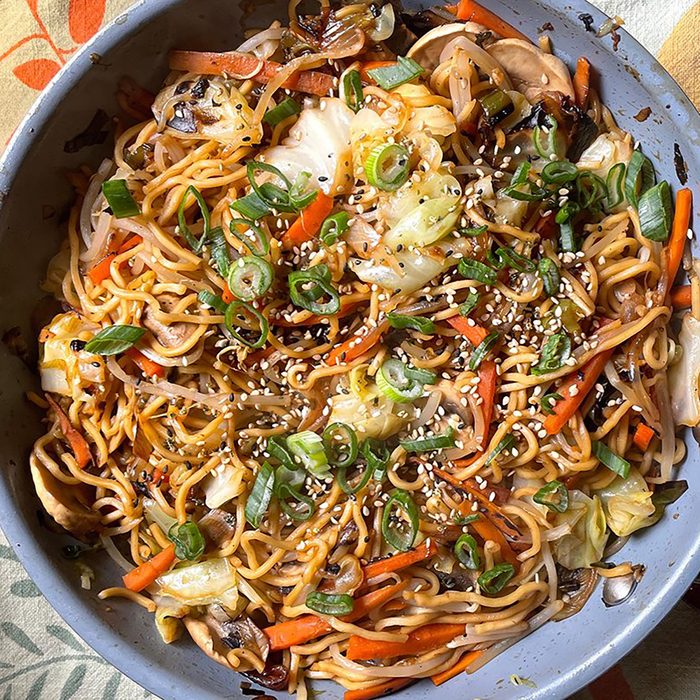
Yakisoba
Yakisoba is a popular noodle dish from Japan characterized by its chewy noodles, vegetables and tangy sauce. It works great as a simple lunch and can be easily cooked ahead and packed in a bento box. Even better, this highly adaptable dish can be customized in so many ways. Learn how to make yakisoba at home.
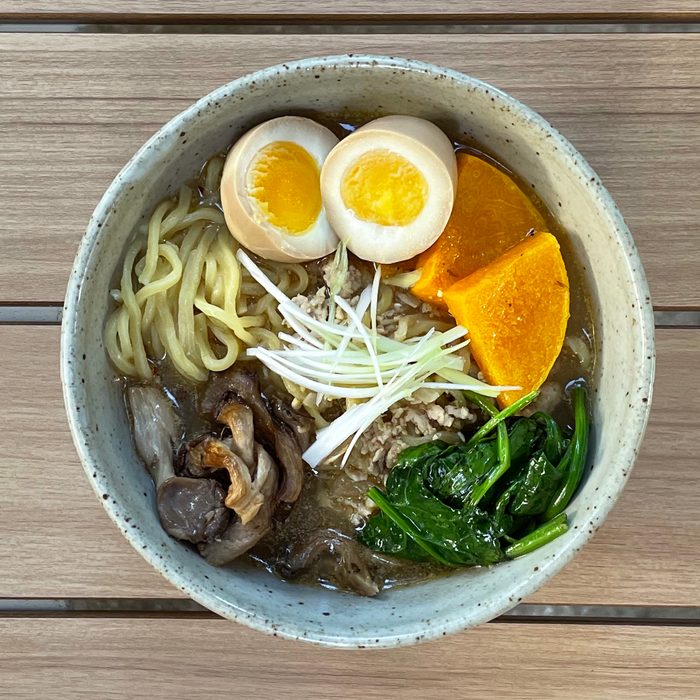
Ramen
Making ramen from scratch can be a full day affair, with handmade noodles, stewed broth and slow-roasted meat. It’s a labor of love and thoroughly enjoyed on a cold day, but you can also pick and choose which elements to devote your time to. Whether you crave a clear shoyu (soy sauce) or shio (salt) based broth, or a creamy miso (fermented soy bean) broth, homemade ramen will impress. Choose your toppings, like broccoli, corn, mushroom and eggs, to build the perfect bowl.
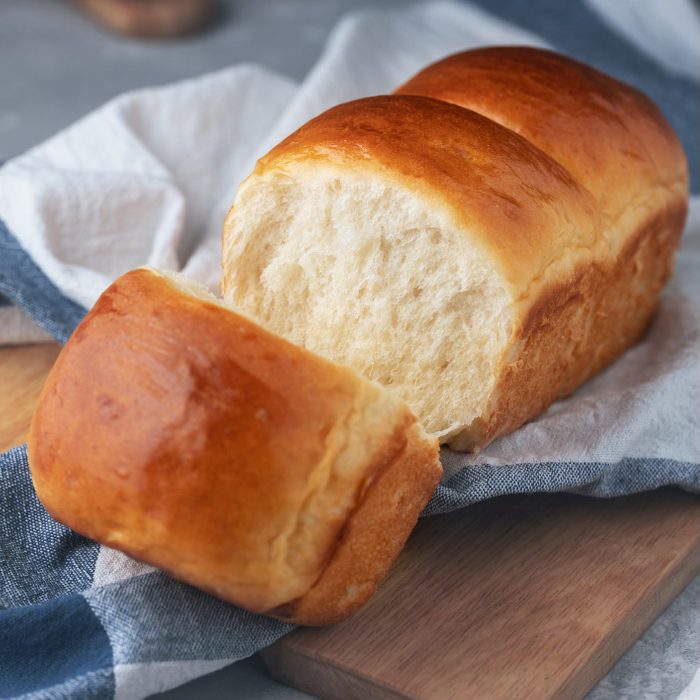
Japanese Milk Bread
Soft, pillowy Japanese milk bread takes all day to make, but it’s well worth the effort. The secret to its texture is the addition of tangzhong, a flour-based roux starter. Enjoy a slice of milk bread on its own, use it for sandwich bread (perhaps paired with tonkatsu) or make it into a dessert-like bread pudding.

Japanese Cucumber Salad
Japanese food is often served with pickled vegetables like cucumbers, daikon or radishes for crunch. Cucumber salad (known as sunomono) is an easy dish to make and enjoy throughout the week. Unlike other salads that wilt and get funky in the fridge, cucumber salad only benefits from sitting in the vinegar, sesame and ginger dressing for a few days.
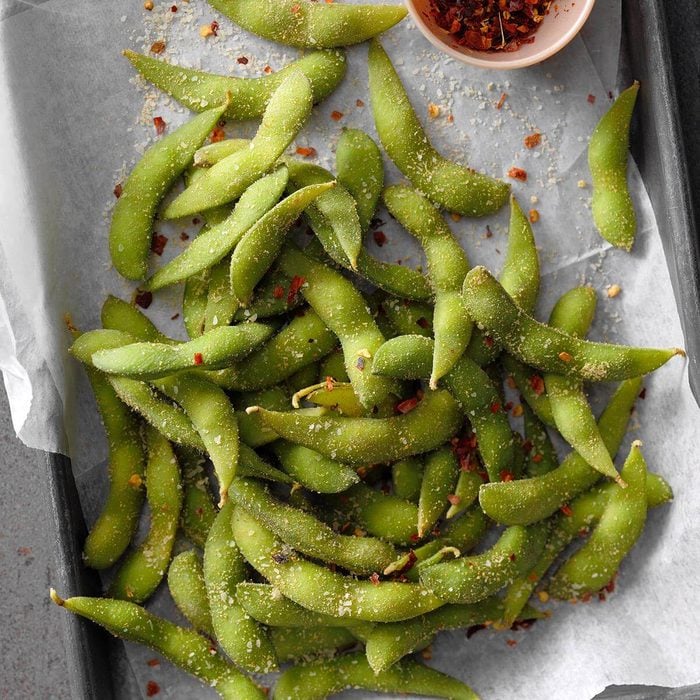
Spicy Edamame
Boiled and lightly salted, edamame can be prepared quickly and seasoned with a pinch of salt—or turn it into spicy edamame with red pepper flakes and garlic. The green pods are often served as a complementary snack at a Japanese restaurant and might seem like something you wouldn’t think to make at home. But edamame are easily found preboiled and ready to eat at grocery stores like Trader Joe’s.

Japanese Curry
Many cultures have versions of curry. Japan’s skews rich and sweet, with a dark roux. Traditional Japanese curry includes pieces of beef, potato, carrot and onion and is served with steamed rice. Though you can make the curry roux from scratch, you can also buy bricks of Japanese curry that you add to water for a quicker meal.
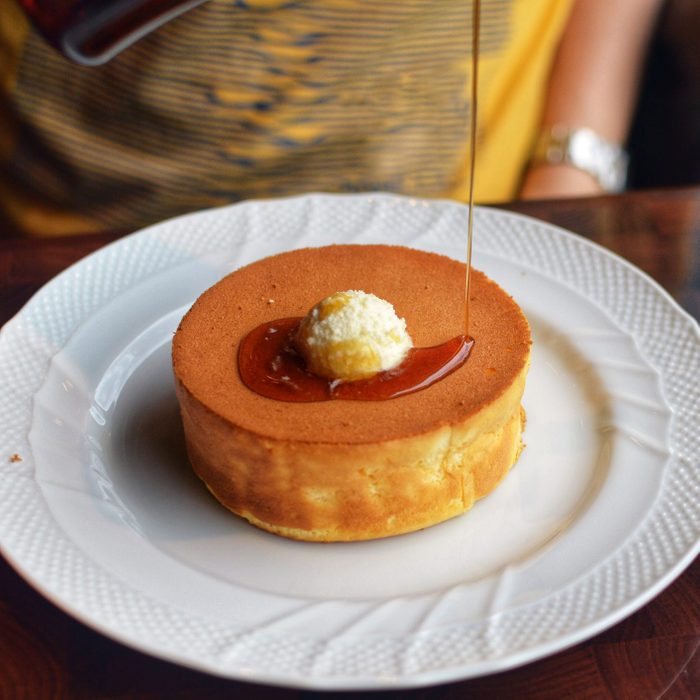
Japanese Pancakes
Fluffy Japanese pancakes are part pancake, part souffle. They’re set apart by their height and custard-like flavor. These pancakes are made with most of the same ingredients as buttermilk pancakes, like eggs, sugar, flour and baking soda, but involve one important step which requires a bit more patience: whipping the egg whites.

Soba Noodles
Made from buckwheat flour, soba noodles are a quick-cooking noodle that’s easy to turn into a healthy lunch or dinner. They can be enjoyed chilled with dipping sauce (similar to tsukemen), with wasabi and green onion, or prepared with vegetables and protein as a chilled soba noodle bowl.
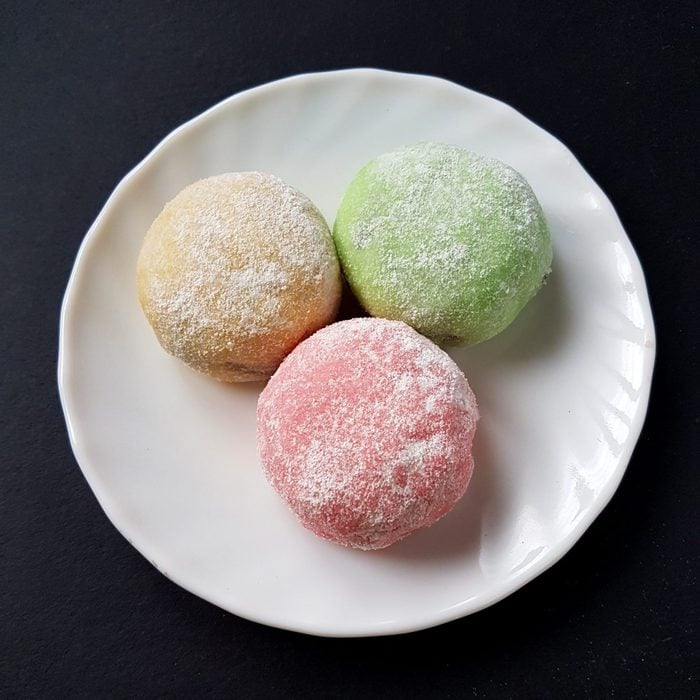
Mochi Ice Cream
Mochi ice cream is a popular Japanese dessert made with a sweet rice dough wrapped around ice cream. To make mochi ice cream at home, pick your favorite ice cream flavors—perhaps strawberry, vanilla or chocolate—and wrap a small scoop in mochi dough. The toughest part is waiting for them to freeze completely before taking a bite! Next, try our favorite mochi doughnuts.
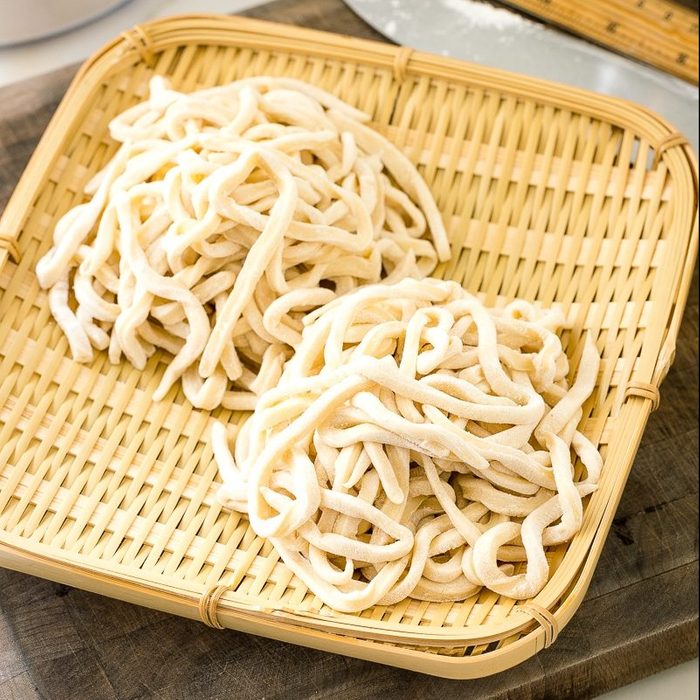
Udon Noodles
Like any handmade noodle, making udon noodles from scratch is better than store-bought, says Namiko Hirasawa Chen in Just One Cookbook. While it’s more labor intensive, making fresh udon noodles with pantry ingredients like flour, salt and water is worth it for the distinct chew and bounce. Enjoy them cold with dipping sauce, warm in a pan-fried noodle dish or hot with a brothy soup.
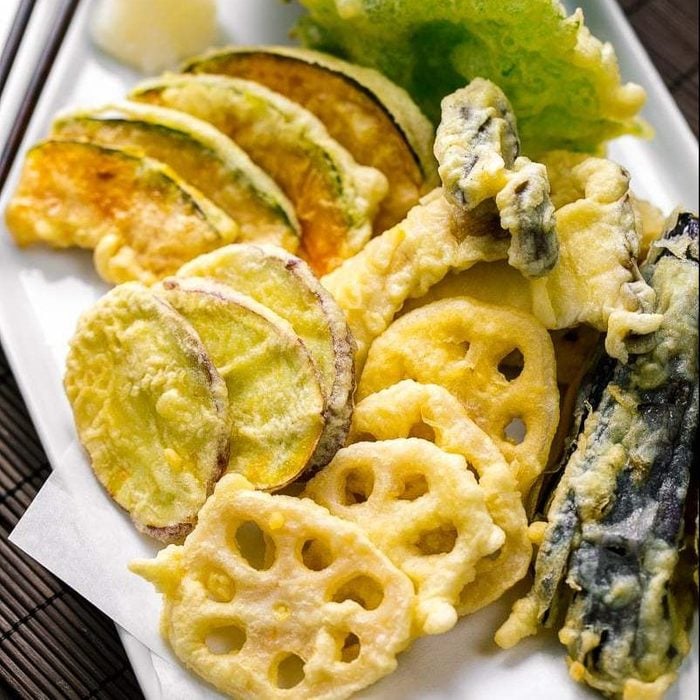
Tempura
Tempura is battered and fried vegetables or seafood. Unlike the crunchy batter of fried chicken, tempura is light and less oily (and still crisp!), pairing perfectly with a dipping sauce. Some common vegetables used for tempura include broccoli, sweet potatoes, mushrooms, squash and eggplant, and they’re often served alongside shrimp tempura. Once you chop your vegetables and seafood, dipping and frying is quite quick. You’d be surprised how easy it is to make tempura.

Omurice
This American-inspired comfort food is made from a silky egg omelette served with rice and ketchup. The omurice is soft and silky because it’s cooked on low heat. As long as you master the silky omelette, you can make the rice however you like it. Try adding ham, onion or peas to the rice, or pour on more ketchup for maximum flavor.
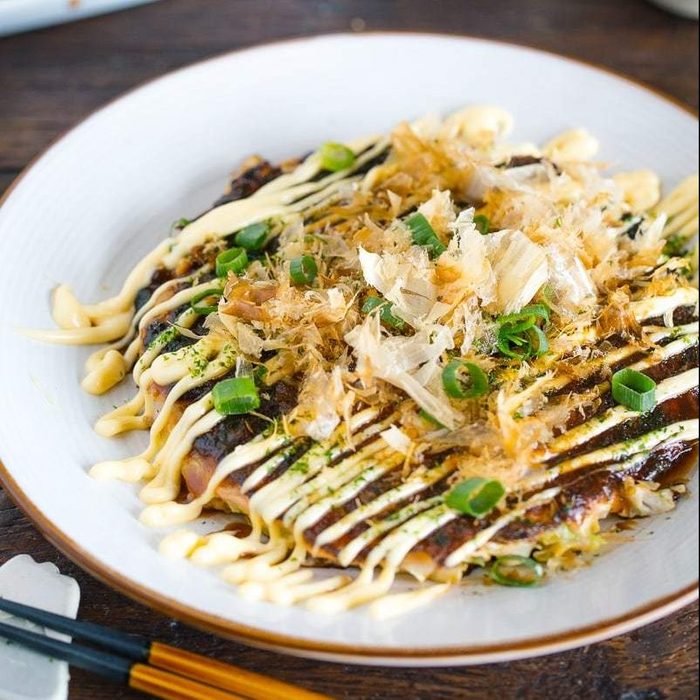
Okonomiyaki
Okonomiyaki is a Japanese street food from Osaka, similar to a cabbage-based frittata. Namiko of Just One Cookbook typically makes hers with an egg batter, cabbage and pork belly or bacon. It’s topped with a savory okonomiyaki sauce, Japanese mayonnaise, furikake and bonito flakes.
When you make okonomiyaki at home, though, you don’t need to use all of these ingredients, and it can come together in the time it’d take you to make a frittata! Just use the vegetables and toppings of your choosing and make sure you focus your attention on the egg.
